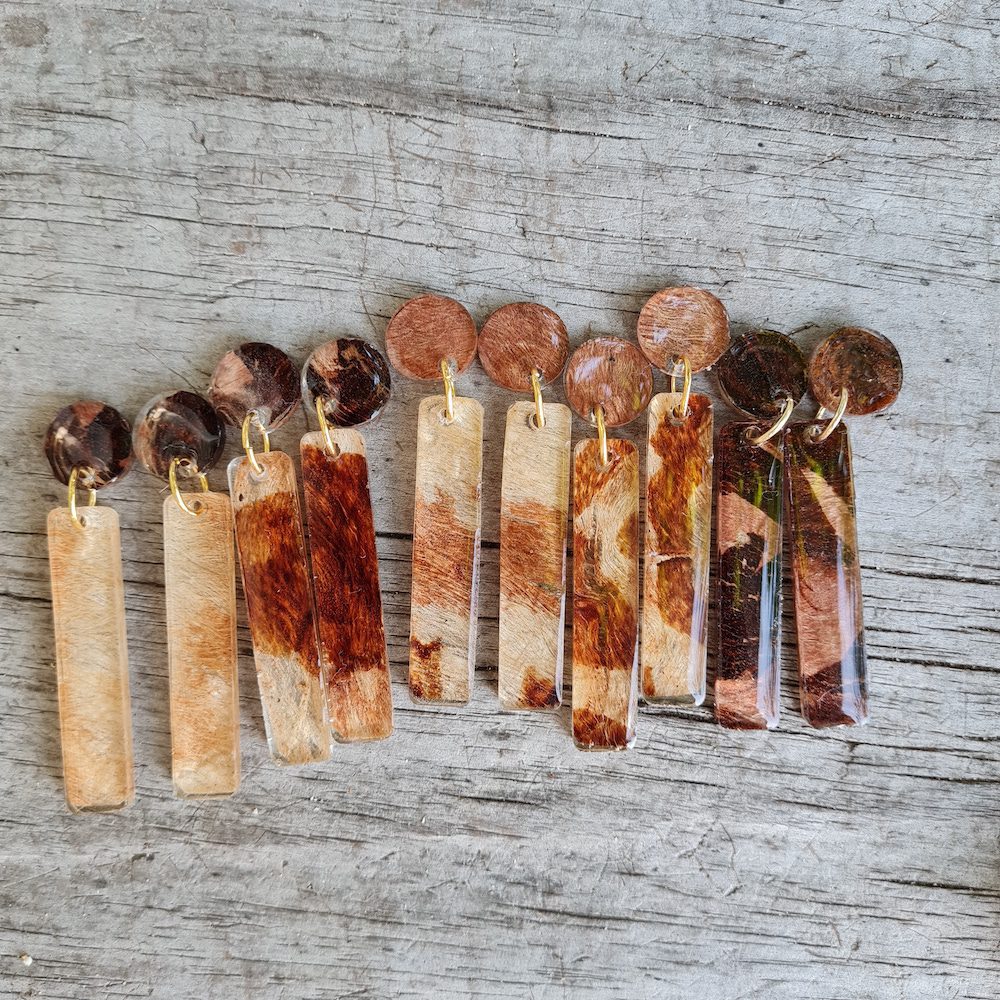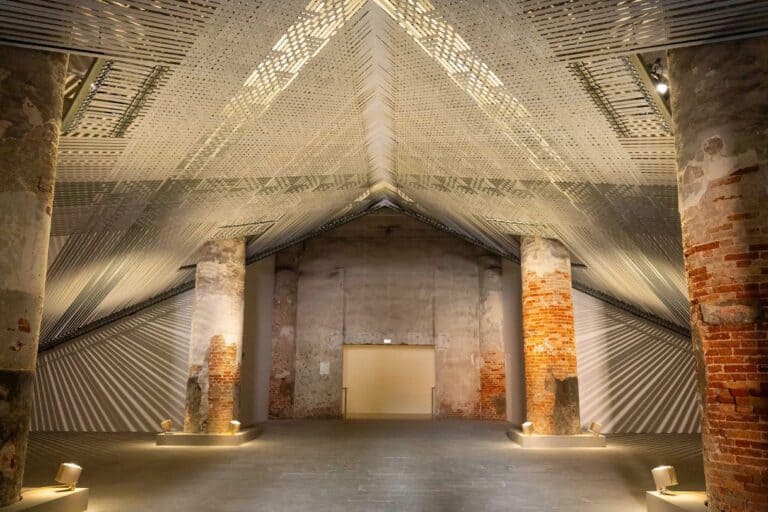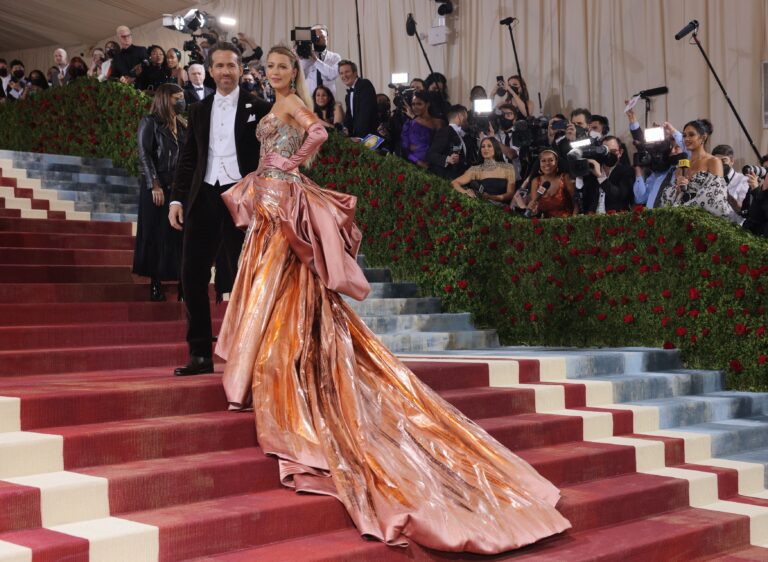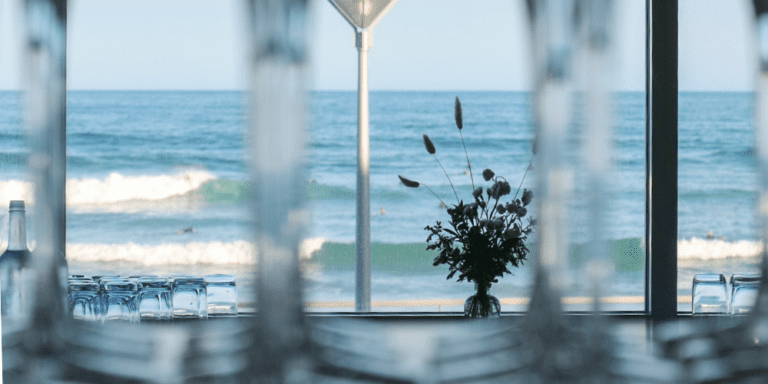In early 2018, amid an outreach programme encouraging Pacific communities to engage with Auckland War Memorial Museum, Fire and Sonia Fonua took their kids on an outing to discover the basement collections. Here they encountered the museum’s hidden array of Tongan cultural treasures, known in Tongan as ‘koloa’.
“We were blown away by how many incredible things were stored in the basement, underground, a number of storeys deep into the fonua [land],” says Fire. “We also were affected by the fact that some of the Tongan pieces that were pointed out to us were wrapped in plastic for preservation so we couldn’t see what they were – we were told that many of the items are so big, particularly Tongan works, that it’s too hard to display them.”
Despite all the history and skill they encountered, the couple thought it was a shame that their children’s ability to see and appreciate the artistry of their ancestors was diminished by koloa being kept in basement storage. “This made us also think about how koloa is kept in our homes,” says Sonia. “It’s under the bed unless something is happening like a wedding or a birthday or a funeral, and then it comes out briefly and goes back under again.”
The experience made Fire and Sonia consider how they could bring koloa out of hiding to turn it into something that could be appreciated in daily life. They realised making jewellery out of traditional textiles was a way to wear and honour koloa every day, so together they formed Koloa Jewellery.
Koloa Jewellery specialises in handmade and unique pieces made from tapa (unpainted or unprinted barkcloth), ngatu (tapa that has been painted or decorated), and lalanga (woven goods, such as mats that are used on the ground or ta‘ovala, mats worn around the waist).
To source their textiles, the couple initially used family pieces that were no longer suitable for ritual gift-giving. These pieces had holes, rat damage or mould, or were too small to gift. “Many people have lots of koloa that is damaged because it isn’t stored properly,” says Sonia. “It’s also an expression of māfana (a warm, uplifting energy that transforms) to wear it. You may have seen it wrapped around trees and things like that, so it’s engaged with, not put in a frame, despite being incredibly valuable.”

Sonia bought a jewellery-making kit online and followed the instructions. “We wanted to see what it would look like as we had no idea, it was just an experiment. We also didn’t know how people would react,” she says. Since then they have honed their technique and worked out their own method that suits the textiles they showcase. “[It was] trial and error really, but we had a clear goal in mind, and we have a beautiful starting material.”
These days they are often given materials by friends and family who are unable to use them and don’t want them to go to waste.
“Instead of people throwing them away, we can re-engage them in a way that makes them continue to be gifted as koloa,” explains Fire. “This means we know the origin a bit more, which is something we are trying to emphasise if we can. Who made this piece? Or, who owned it? Then we can name our pieces after that so they have hohoko (genealogy).”
Through their jewellery, Sonia and Fire are able to honour the expertise required to create these Tongan art forms while breathing new life into them.
Sonia sees that often these types of skills are dismissed because they are not understood by mainstream cultures.
“People often have something that was a token from a trip to the islands without realising what it is that they have purchased or how long they take to make,” she says. “These are time-intensive processes that have … hundreds or thousands of years of history, and are found across the moana [Pacific]. The pieces tell stories of key events, messages, important dates and ideas. They are also representative of collective working – ngatu are made by koko’anga, or groups of women in a village who work together to make one big piece. They will work on smaller pieces and then join them together. This represents a beautiful community approach, a sharing of knowledge, time and skill, something that is not often done in contemporary times in Western cultures; an emphasis on working together, being communal. And during this time, women gossip, tell stories, share histories and are together.”
Sonia says they have had feedback from people saying Koloa Jewellery has allowed them to engage with their family koloa differently, using koloa as a tool to begin negotiations or to understand different cultural identities, especially in the Tongan diaspora.
“We aim to get people to recognise and value what they have,” she says. “Sometimes seeing something slightly differently shifts your whole perspective.”







